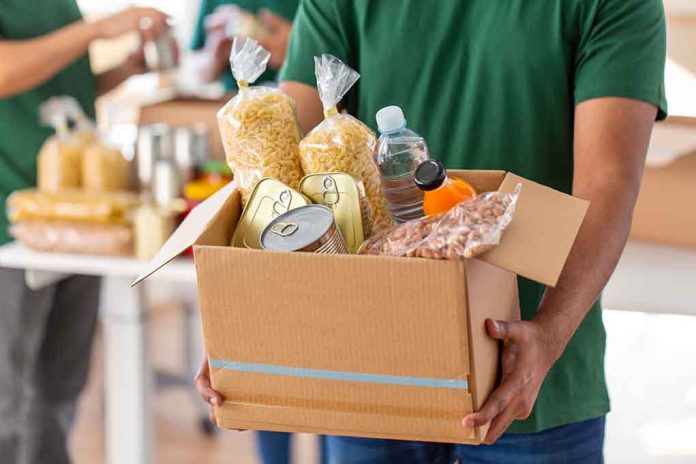
Do Food Assistance Programs REALLY Help? An Overview
(USNewsbreak.com) – Are you having difficulty when it comes to affording food? If so, you’re not alone: food insecurity affects many families in need in the United States. However, there are food assistance programs to help — and assuage the loads of stress that comes along with not knowing where your next meal might come from. If your family is struggling, it’s vital for you to learn about food assistance programs in the US. You can use these programs in combination, as intended, to keep your family fed.
Factors such as supply chain shortages, inflation, and costs rising faster than wages, and more are really putting a strain on low-income families. If this describes your situation, or if you have senior citizens or children in your family and you’re struggling to get them the nutrition they need, it’s time to consider a food assistance program in these tough times.
Food Assistance Programs That May Help Your Family
Each of these programs has its own purpose, but again, is intended to be supplemented with other food assistance programs. Which combination could help your family most?
Supplemental Nutrition Assistance Program (SNAP)
SNAP, also known as “food stamps,” assists households who need help getting more nutritional food. SNAP aims to support families temporarily until they are able to get into a better situation. If you’d like to apply for this type of support, you’ll have to go through your state. You’ll get a caseworker who can help you with the entire SNAP application process.
If approved, you’ll get an electronic benefits transfer (EBT) card, which gets loaded with initial and subsequent benefits. This works just like a debit card and you can use it at grocery stores, through some online ordering services, and at some convenience stores.
Women, Infants, and Children (WIC)
WIC is there to support moms along with their young babies or children, including people who are pregnant. This short-term support program is over four decades old and covers some food assistance, breastfeeding support, and nutrition counseling. It’s available to married or single parents of all genders and does not require the parent to work. If you’re a grandparent or other non-parent family member caring for a child, you may also be eligible. As with SNAP, you’ll need to go through the state to get WIC benefits.
Child Nutrition Programs
The United States Department of Agriculture (USDA) houses a variety of programs labeled under “Child Nutrition Programs,” such as the National School Lunch Program, the School Breakfast Program, and the Child and Adult Care Food Program (CACFP). You’re likely familiar with the school food programs, which help children get nutritious meals at school for free and lower cost.
Food Distribution Programs
The USDA also utilizes food distribution programs to get produce and other farm products from American farms to your table. There are many of these programs, but the most popular include the Commodity Supplemental Food Program (CSFP), the Department of Defense (DoD) Fresh Fruit & Vegetable Program, the Food Aid Program, and The Emergency Food Assistance Program (TEFAP).
Center for Nutrition Policy and Promotion (CNPP)
Every now and then, the government will issue new nutritional guidance or change our handy food pyramid. That’s because the CNPP works hard at the Food and Nutrition Service (FNS) to ensure updated guidelines. While this program doesn’t offer food or vouchers directly, it is a key resource for anyone looking to ensure their family is getting their nutritional needs met through the right foods.
Additionally, your local affinity groups, such as religious organizations or local nonprofits, may have other services to help you with food assistance. Reach out any time you are struggling to ensure your family’s health.
Copyright 2023, USNewsbreak.com





